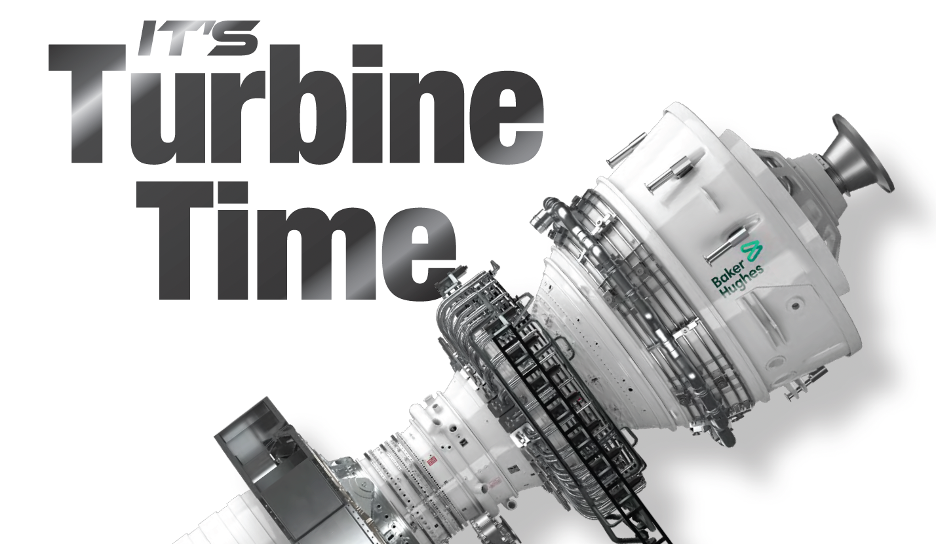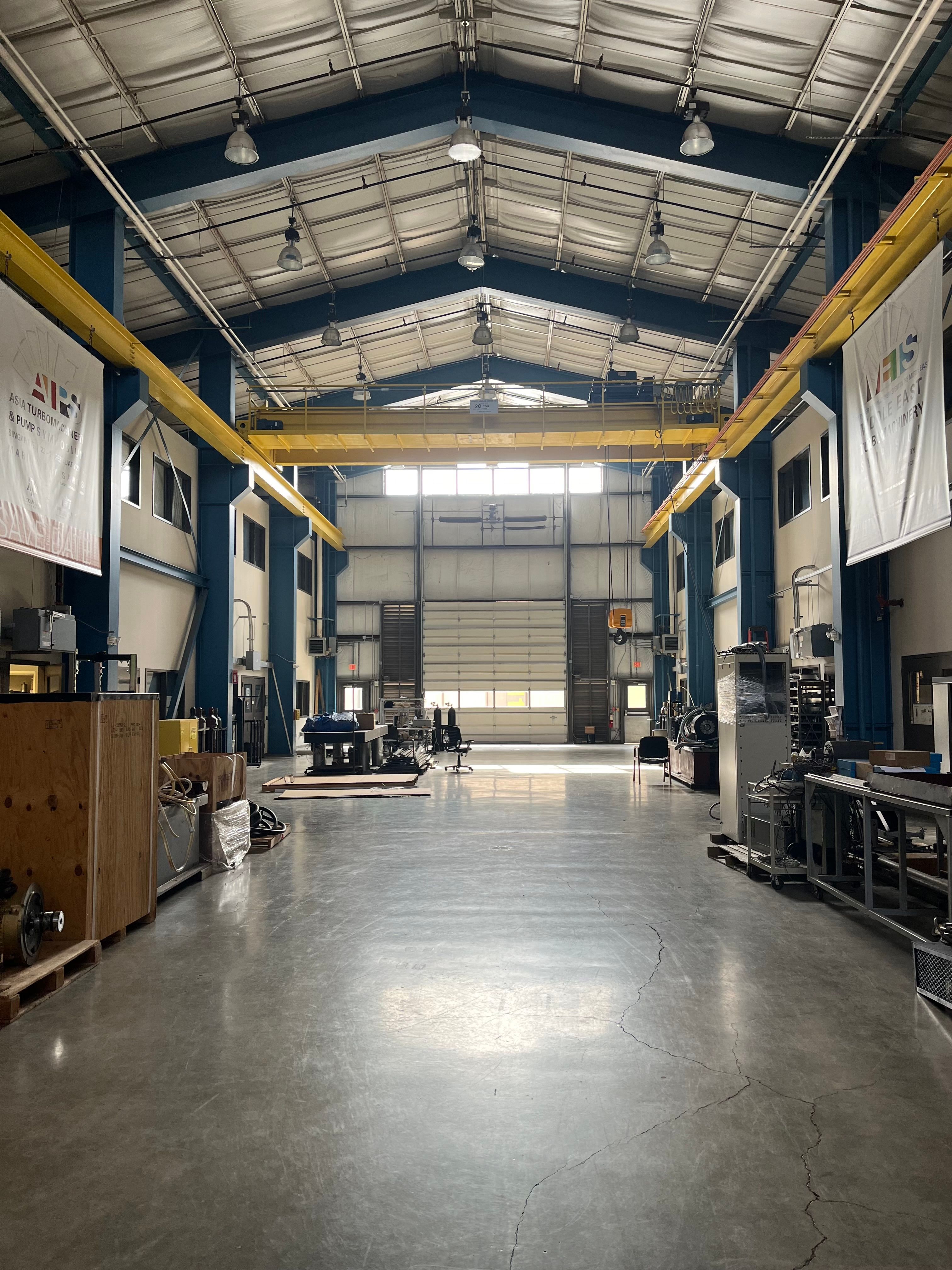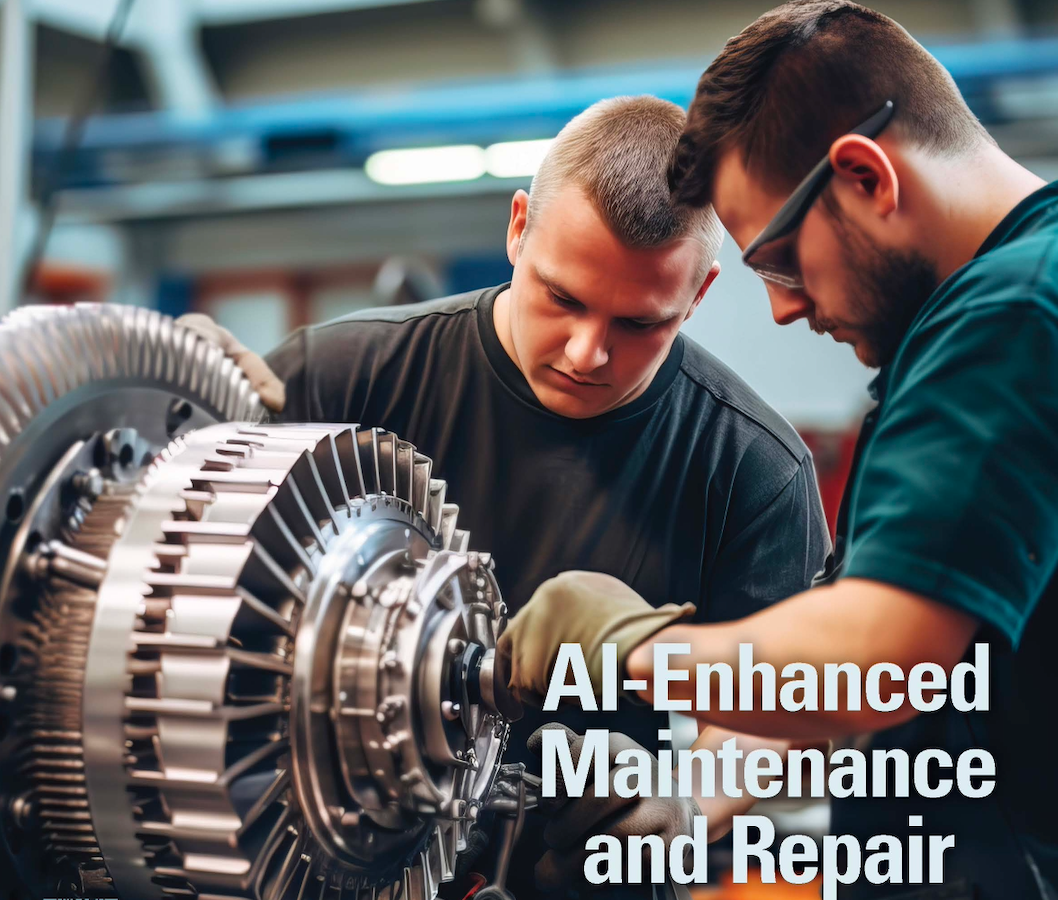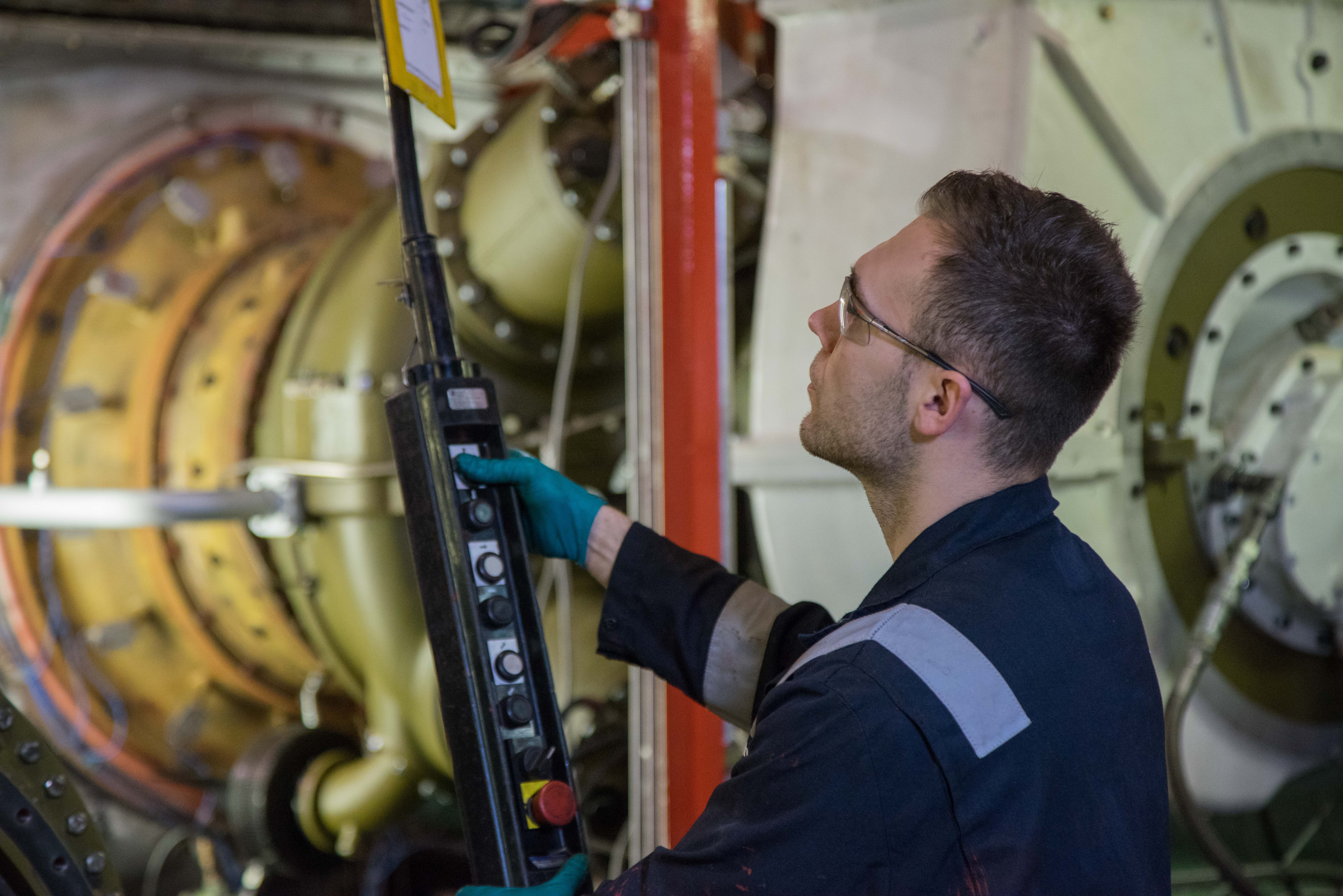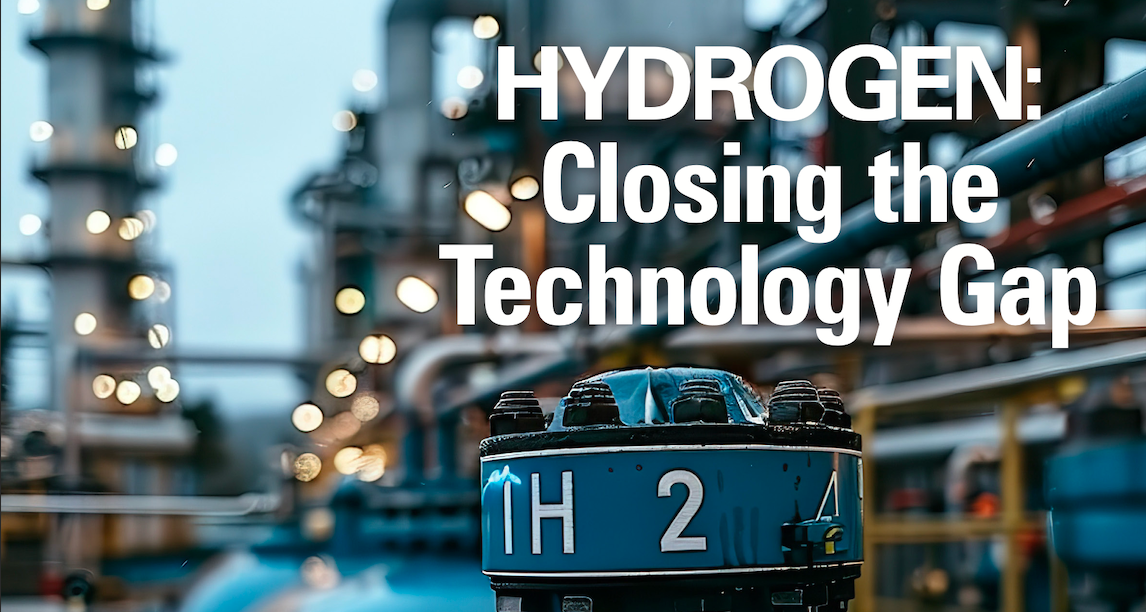Article
TURBOMACHINERY SYMPOSIUM
Author(s):
OIL AND GAS MARKET TRENDS, SUBSEA COMPRESSION, GAS TURBINE PACKAGING AND ROTOR BALANCING AMONG THE HOT TOPICS AT THE SHOW
Drew Robb
The 44th Turbomachinery and 32nd International Pump Users Symposia (TPS 2016) broke new records with 5,375 attendees representing 40 countries and 360 exhibiting companies. Under the guidance of the Turbomachinery Laboratory of the Texas A&M Engineering Experiment Station (TEES), the event took place from September 12 to 15 at the George R. Brown Convention Center in Houston, Texas.
Keynote speaker Keisuke Sadamori, Director of Energy Markets and Security, International Energy Agency (IEA), discussed the outlook for the natural gas and oil markets.
The oil market is likely to return to balance in the second half of 2017 although high stock levels may dampen any price recovery, said Sadamori. U.S. oil production has declined sharply since Q1 2015 but is now slowly heading back up. However, it is unlikely to reach previous peaks in the immediate future (Figure 1).

Meanwhile, Chinese gasoline demand halved in 2016 and the Middle East’s share of global oil supply has risen to 35%. This is coming primarily from Iran, Iraq and Saudi Arabia. And since the U.S has lifted sanctions, Iran has seen a big jump in oil production, its highest since the seventies.
Gas market
International Energy Agency data show global gas demand growth slowing as it faces competition within the power sector, yet it is the only fossil fuel that does not suffer a decline in its share of the energy mix, at least through 2021.
Regionally, Sadamori said, U.S. gas demand growth slows, driven by stagnation in the power sector, while EU gas demand gradually recovers due to coal and nuclear power plant retirements. Overall, China accounts for the main increase in global gas demand.
But when it comes to gas production, a different picture emerges with the U.S. and Australia taking over from the more established exporters, such as Russia and Qatar as the main source of production growth. That said, the U.S. is experiencing a sharp cutback in drilling activity which will result in falling gas production later this year.
Specific to LNG, global export capacity will increase 45% by 2021 and the bulk of that gain comes from the U.S. and Australia. By that date, Australia is going to rival Qatar as an LNG hub, closely followed by the U.S.
But the LNG import balance is changing, too. Imports to Japan and Korea are set to decline while the EU, India and China will increase. However, lower prices have triggered a collapse in new LNG facility investment.
“Per capita energy demand through 2040 will remain largely unchanged,” said Sadamori, “but a growing population will demand more energy, with renewables and gas satisfying the majority of this growth.”
Breaking that down, he added that oil demand will increase 15% by 2021 and expand by 12 Mb/d to 103 Mb/d in 2040. Natural gas will increase its share of the worldwide market as a whole from 21% currently to 24% by 2040.
Gas turbine packaging
Among the many valuable sessions at the Symposium, four were particularly notable: gas turbine packaging, rotor balancing, subsea compression and LNG testing.
Klaus Brun, Machinery Program Director of the Southwest Research Institute hosted gas turbine packaging.
“Industrial gas turbines are frequently used as mechanical drivers for natural gas centrifugal compressors and as generator sets for oil field power generation,” said Brun. They are commonly employed in oil and gas, where high power-to-weight ratio, low emissions, and high availability requirements provide advantages over other drivers.
He outlined the many types of on-skid and off-skid equipment involved in these packages, such as lube oil systems, controls and instrumentation, fire-detection and suppression systems, fuel forwarding and filtration systems, starter and crank motors, and inlet and exhaust systems for their safe and efficient operation.
Given a specific application, an optimal set of ancillary and auxiliary equipment options must be selected. Selection is not just based on the type of application and utilities available at the site, but the operator’s requirements for operating profile, reliability, availability, and site conditions.
Specifications are specific to a site or application, he explained, while standards are generic and often are there to provide only minimum requirements. “Standards should be part of a specification,” said Brun. “API 616, for example, is a standard, not a specification, but there is a lot of overlap.”
Standards and specs impact the packaging more than the GT. While there are 313 different codes and standards that relate directly to GTs, the critical ones include API 616 (GT), 617 (centrifugal compressors), 614 (lube oil system), 670 (machinery protection), 613 (load and accessory gears), and 677 (flexible couplings), as well as the NFPA 70 electric code.
Brun was followed by Rainer Kurz, Manager for Systems Analysis at Solar Turbines, who discussed GT enclosures and filtration.
The enclosure provides functions, such as weather and sound attenuation, inlet and exhaust ventilation and silencing, said Kurz. It has a ventilation system, a pressurization system, AC lighting, trolleys for movement of components, fire and gas detection and fire-fighting equipment. “When you design the enclosure, make sure the ventilation prevents the formation of gas pockets.”
As contaminants change from site to site, there is no one filtration system that fits everything, said Kurz. High velocity filters are smaller and tend to be used mainly for offshore applications. The type of possible contaminant has to be considered when the type of air filtration is selected.
Salt, for example, is dry below 40% relative humidity (RH) and liquid above 75% RH. The air filtration system has to be able to keep salt out of the engine at all prevailing conditions. Otherwise the salt can lead to performance degradation, or, in extreme cases, contribute to hot corrosion in the turbine section.
Filtration keeps the compressor from getting dirty as that leads to performance degradation. Hydrocarbon vapors are one source of filter degradation. “Air filtration has a direct economic impact as the engine is able to run longer without having to shut down for compressor washing,” said Kurz.
Filtration should be done in several stages. One possible combination of stages is to have weather protection or pre-filters to keep out large particles, and high efficiency filters to take care of finer particles. Another approach is to use an inertial separator for larger particles, a coalescing unit to deal with moisture droplets and a high-efficiency filter.
“There is always a trade off in filtration between effectiveness, pressure drop and the size, weight and cost,” said Kurz. “The greater the pressure drop, the lower the GT performance.”
He advised users to ignore most other filtration metrics and focus on particle count efficiency. This measures the percentage of what particle sizes get through the filter. But regardless of the approach to filtration, performance degradation is going to take place. That is where water washing comes in.
Kurz said online water washing is usually not sufficient and that offline washing should also be done. He offered some tips to improve results.
“When water washing offline, don’t just visually inspect the water and decide you have done enough if the water no longer looks dirty,” said Kurz. “It’s wise to measure water conductivity. Dissolved salts, for example, can’t be detected visually. The water may still look fine but contain a lot of salt.”
Salt volume in the air changes in different geographies but also changes seasonally or based on wind conditions. To remove salt, the filter has to remove both particles and liquids, as salt can be present in both forms; inlet intake location is important.
Do not locate the intake beside a diesel generator or in an area where there is a lot of salt water spray, he said. Hot corrosion is accelerated oxidation caused by the presence of both sodium as well as sulfur from a fuel source; and offshore packages have to be flexible enough to adjust for changes in operating basis due to changing market conditions.
Rotor balancing
Ray Kelm, Owner and Chief of Engineering at Kelm Engineering, provided a tutorial session on rotor balancing.
“Unbalance can be defined as a rotor or a component mounted on a rotor that has a mass center that is not coincident with the axis of rotation,” said Kelm. “The unbalance force is proportional to the magnitude of the imbalance and the square of the rotor speed.”
Shop balancing of most high-speed flexible rotors is done using an incremental balance procedure. This consists of: balance the bare shaft without added components; balance the attached components separately; mount no more than two components to the shaft at a time and recheck balance (make corrections if needed only to the added components); and check balance on the fully assembled rotor after the component assembly procedure above, with final corrections normally on two correction planes near the ends of the rotor (near the bearings).
“Flexible rotors typically used in turbomachinery require consideration for modal response,” said Kelm. “The first mode is sensitive to weight in phase on the ends and at the center, while the second mode is sensitive to weight out of phase on the ends and is insensitive at the center. So you have to have a modal balancing approach.”
If field balancing is being done, single plane balancing is the most common approach. It is done by plotting the original vibration vector, hanging a trial weight to determine the effect and then adjusting its location.
Field balancing differs from shop balancing in that the acceptability is typically determined by vibration amplitude. Many times, he said, he has solved a vibration problem without hanging a weight by finding misalignment or a loose bolt. Balancing is a last resort after correcting other obvious mechanical issues.
Alternatively, there is two-plane balancing (corrections added at two planes, normally near the bearings) as well as multiple plane and speed balancing (the calculation technique considers more than two correction planes or multiple speeds).
Subsea compression
Markus Dettwyler, Head of New Technologies at MAN Diesel & Turbo, covered subsea compression. Topside compression is well established using platforms and FPSOs, he said. However, these are large and costly constructions that require frequent maintenance and many trained personal.
There is also the risk of riser instability and backflow.
Enter the world’s first subsea compressor, which relies on a hermetically sealed design with an integrated electric motor and an active magnetic bearing system. Weighing 57 tons and operating unmanned 300 m under the North Sea at Statoil’s Asgard field, the compressor increases file recovery and production rate.
“Subsea compression technology is an enabler of lower pressure and deeper reservoirs, and can reduce costs,” said Dettwyler. “But the challenges include electrical connectors, marinization of electronics, sensors and actuators, as well as multi-phase fluid flows.”
As boosting is done close to the well, this reduces pressure losses in subsea pipelines and improves the flow. With an integrated high-speed motor compressor, there is no gearbox, no lube oil system, no shafts outside of the casing, and a small4footprint.
MAN’s HOFIM compressor recently completed 15,000 hours of trouble-free operation in subsea. It consists of two parallel 11.5 MW compressor trains with metal seals on all flanges and a design pressure of 220 bar (Figure 2).
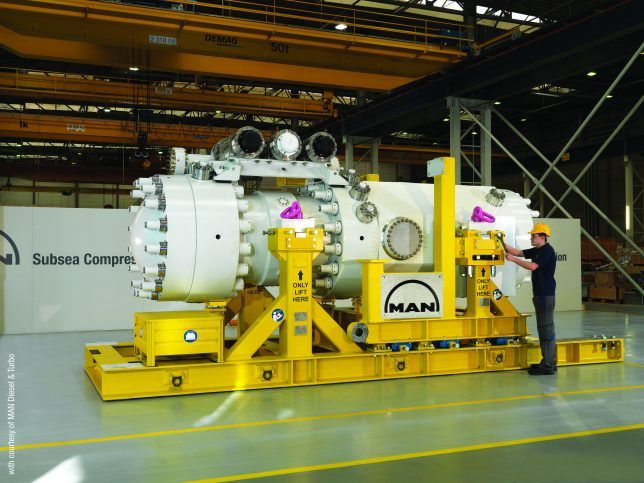
LNG test
Bechtel, Chevron and GE Oil & Gas also outlined a recent full-speed string test on GE LM6000PF-driven refrigeration compressors to be used on the Chevron-operated Wheatstone Project.
The Wheatstone Project will include an onshore facility located at Ashburton North Strategic Industrial Area (ANSIA), 12 km west of Onslow in Western Australia’s Pilbara region. The foundation project includes two LNG trains with a combined capacity of 8.9 million m.t. per annum (MTPA) and a domestic gas plant.
It is a joint venture between Australian subsidiaries of Chevron (64.14%), Kuwait Foreign Petroleum Exploration Company (KUFPEC) (13.4%), Woodside Petroleum Ltd. (13%), and Kyushu Electric Power Co. (1.46%), together with PE Wheatstone Pty Ltd, part owned by JERA (8%).
This LNG project will be the first to use the LM6000PF as a mechanical driver. The methane train comprises three compressor casings, a gearbox, couplings, a turning gear, an inlet air filter house, associated auxiliary skids and the GT driver. It is 41 meters in length and 18 meters wide. At full load, the GT provides 37 MW (49,600 HP) at a full speed of 3,600 rpm.
Testing was designed to see if the GT could start the compressors from settle-out conditions, could accelerate to the operating range speed (without trips or problems), develop the required power by staying within the specified performance parameters, and if the entire string could operate within the acceptable performance range during a four-hour test run. Testing was successful and the train is now being installed.
TPS 2017 will be hosted at the George R. Brown Convention Center in Houston September 12-14, with short courses offered Sept. 11. Proceedings from previous symposia are free for download at turbolab.tamu.edu/proc/. Technical content from TPS 2016 will be available March 2017. Visit tps.tamu.edu or call 979-845-7417 for more information.
Newsletter
Power your knowledge with the latest in turbine technology, engineering advances, and energy solutions—subscribe to Turbomachinery International today.
